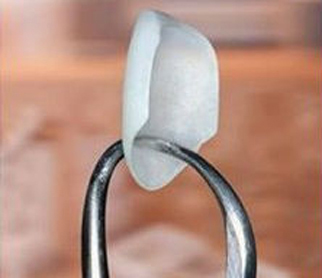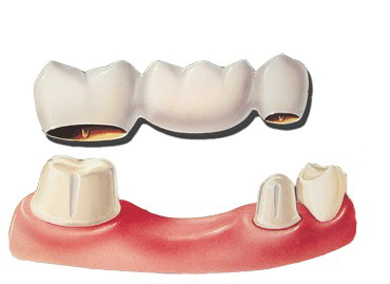I received porcelain veneers in September, and my gums are still tender and slightly inflamed. I’ve seen my dentist about this issue three times, and his consistent answer is that I don’t floss between my teeth. But I floss between my teeth twice daily. I am partially blaming myself for this problem because I chose the dentist with the lowest cost for porcelain veneers after consultations with five dentists. My teeth were so damaged that I thought veneers were the right solution. Last week, my dentist told me that one of my incisors is infected and might need a root canal. I feel like he is taking advantage of me. Why discuss a root canal when the problems with my gums are not resolved? I want to cry, but I need to keep calm and think about what I should do next. What is your opinion? Thank you – Anika from Dallas
Anika,
Thank you for your inquiry. We are sorry that your porcelain veneers are a new source of anxiety. Gum inflammation after you receive porcelain veneers is a clear sign that your dentist did something wrong. Gum tissue after veneers should be as healthy—or healthier—than before treatment. Although choosing a dentist with the lowest fees often comes with low-quality results, your dentist is responsible for your care.
What Causes Gum Inflammation After Porcelain Veneers?
After getting porcelain veneers, a common cause of gum inflammation is excess bonding cement that your dentist did not remove. The cement irritates your gum tissue and causes inflammation and infection. And the infection can spread and affect your teeth, which is likely why you need root canal treatment.
How to Get a Refund from Your Dentist
Cosmetic dentistry is not a recognized specialty, so it will be challenging to get a refund from your dentist based on your veneers and gums’ appearance.
Schedule an appointment with an advanced cosmetic dentist for an exam and second opinion. After the dentist gives you a diagnosis and explains your treatment options for veneers, talk to your current dentist about your complaints:
- After receiving porcelain veneers, your gum inflammation is persistent.
- Your dentist has not treated the issue.
- Mention excess cement left behind—or whatever cause your second-opinion dentist finds.
- Explain that the issues with your gums are causing discomfort and anxiety.
- Request a refund and mention that you will consider filing a complaint with the state dental board.
If your current dentist does not promptly offer a refund, ask your new cosmetic dentist if they are willing to help you negotiate. Consider hiring an attorney if your dentist continues to be uncooperative.
Please try not to be overly concerned about the cost of regaining your oral health. Talk with your dentist about financing, payment plans, and how to make dental treatment affordable for you.
Miranda Lacy, DDS, of Plano, TX, sponsors this post.


